Cardboard tubes, plastic bottles, and an old shoe box could be the key to developing your child's imagination, teaching them how to solve problems and improve communication skills. Our Education Advisor Ruth explains why you should think twice before throwing these items in the recycling box.
When I first became a practitioner (back in the dark ages!) ‘junk modelling’ was a weekly, if not daily, occurrence in the nursery. There was always a constant supply of cereal boxes, cardboard tubes and yoghurt pots being brought in by parents just waiting to be transformed into robots, boats, rockets and all manner of other creations…some of which didn’t resemble anything but that was great! It was all about the process and the open-ended creative process they shared.I now find it awkward to call this type of opportunity ‘junk’ as I feel it makes it sound as if children are playing with rubbish, diminishing the purpose. I guess nowadays the term "recyclable" is more in keeping and using language around sustainability is a really useful way to bring the issues around climate change into children’s consciousness and teach the importance of recycling. Maybe it should be called recycled modelling?I however like to call junk modelling the ‘lost art’ as I don’t see this kind of opportunity readily available so much anymore and wondered why it had lost its popularity? Maybe we have just forgotten why it’s such a valuable opportunity. Well, I'd love to share the many benefits of junk modelling and how you can incorporate this into children's daily learning, whether you're a parent or a practitioner.
What are open-ended resources?

When we think about using recycled materials for junk modelling activities, we are offering children ‘open-ended' play opportunities. This means that the resources they are using can be used in several different ways with no set agenda. For example, old cardboard boxes can become a rocket ship, car or even a house with a little imagination, whereas a toy fire engine on the other hand is always just that.Using this kind of resource has so many benefits as children use their imagination and determination to create whatever they please. Using open-ended resources helps to respect children’s interests, ideas and autonomy and they will often become engrossed in this type of play and want to come back to it time and time again.
What are the benefits of junk modelling?
I want to think about the many benefits of junk modelling. The very fact that children can have fun making anything they like whilst they refine different skills such as using scissors and tape, gluing, finding ways to connect and thinking through how and why things work or don’t which all links into problem-solving skills whilst boosting self-confidence.

When it comes to the early years, you may hear terms like ‘stretch and challenge,’ particularly with our older kids in preschool rooms, but this is something, in my opinion, that's needed for all children. The very nature of recycled or junk modelling gives children so much scope to really have to persevere in problem-solving which draws on all of our fabulous characteristics of effective learning. These include ‘finding out and exploring,’ ‘being willing to have a go,’ and ‘enjoying achieving what they set out to do.’
How does junk modelling link to the EYFS?
When I think about all the areas of learning and the EYFS (Early Years Foundation Stage), junk modelling ticks a lot of boxes to support children's development. Here's just a few ways that junk modelling ties in:
Communication and language
It incorporates elements of communication and language, as children talk through their ideas with their peers, they discuss ideas and learn new vocabulary. This also connects personal, social and emotional development as they practice taking turns and working with others to create an end product. Children will also gain a huge amount of self-confidence and self-esteem through the trial and error elements of this kind of play and not forgetting the huge sense of pride when their model is finished!

STEM
STEM (science, technology, engineering and mathematics) is another area that is highlighted through creating models with the challenge of how to design something, solve problems and persevere. Mathematical development is enhanced through the use of positional language,3D shape discussions and using language around measure.
Expressive arts and design
Expressive arts and design bring in the creative element as children use their imagination to come up with their own ideas and designs. They then develop their fine motor skills when bringing these ideas to life, through using scissors and cutting holes for doors etc. and creating attachments and connections joining their materials together.When you consider all of these areas of learning that can filter into junk modelling, many also tick the boxes with elements of language, PSE (physical, social and emotional development), STEM (science, technology, engineering and mathematics), the list goes on! And I’m sure you will find so many others.
How to introduce junk modelling activities

As with most activities we introduce the children to, we go through ‘stages’ of play when modelling and creating in this way. To begin with, our babies and toddlers will want to climb in cardboard boxes or stack and fill pots and toilet roll tubes. Perhaps they will try rolling things through tubes and will be displaying schematic play i.e. trajectory play, enveloping, lining things up and knocking things down.From the age of two years old up to preschool, children will probably start by trying to use scissors and cutting up cardboard boxes, painting or mark-making them and generally experimenting with the craft supplies and recycled materials you provide. It’s only with time and exposure to these resources, plus guidance and support from parents and nursery practitioners, that children begin to have their own ideas and formulate what they would like to do with the materials.

Our preschoolers quickly develop into the engineers and inventors we know them to be with fantastic ideas which become awesome creations. I have had children who love this type of play and have created everything from “baddie traps” to binoculars!You can even start adding old cardboard boxes to different activities as a useful way of adding dimension and introducing this type of play. One of my favourite things to do is use large boxes and tubes outdoors and create ramps for toy cars.
How to enhance junk modelling activities
Creativity lies at the heart of many of the things we do in our adult life and the careers we go on to pursue, so it’s only right we instil this creativity in our next generation. When supporting children with this activity remember to use lots of lovely open-ended questions such as:“I wonder what would happen if…?”“How can we connect these cardboard boxes to this plastic bottle?”"How can we make this toilet roll tube longer?""What can we do to make this shoe box move?”

Engaging in questions like this will link to something called sustained shared thinking. This is where you'll become, what I call “co-learners” and a “co-player.” This is really important because even as adults we are learning new things every day!It's also very important to give children the opportunity to revisit their creations and leave them somewhere safe to come back to them next time. Often when children collaborate on a project they will adapt, change or reinvent a new idea as they play, so giving them the freedom to do this is very important. There is nothing worse than interrupting children’s play with a tidy up time that doesn’t allow the children time to finish and put a model away somewhere safe. I recommend giving children notice of when tidy up time is coming as they then have time to finish up what they are doing.
Junk modelling kids activities
You will need a collection of different materials such as:
- Cardboard boxes
- Cardboard tubes
- Toilet roll tube
- Plastic bottles
- Lolly sticks
You will also need some craft supplies like:
- Tape
- PVA glue or glue sticks
- Child scissors
- String
- Pens or paint to decorate and mark make your creations
All these things are readily available you just need to begin collecting! So, begin collecting a range of recycled materials, boxes and packaging, but be warned you will need a really good supply as the children demolish it during every session! Then dive into the world of recycled modelling and enjoy the art of creating something new every time. Safety note: Please remember not to use egg cartons or boxes that have had eggs in as, although eggs are generally washed by stockists, bacteria could creep back into the cardboard as eggs are handled at stores and in homes, this is especially important in nurseries where a child could have an egg allergy. It’s a good idea to recycle used egg cartons and not reuse them.Also, packets which have contained nuts are not suitable to use in a nursery as this could be a risk for children with nut allergies or potential nut allergies. I also recommend cardboard tubes from kitchen rolls rather than toilet rolls for hygiene reasons.
Read 'Not a Box'
The book 'Not a Box' by Antionette Portis is a firm favourite at Fennies. The story follows a rabbit who has a box, but it’s not a box ….it’s a rocket, a mountain, a building, and a pirate ship! This is a great story to read whilst children make and decorate their creations whilst bringing in literacy too.

Make a boat

Another fun activity is using recycled materials to investigate which ones float, this then sets off lovely boat making fun! If you give children really big boxes and strong cardboard tubes and masking tape they will create all manner of ways to play and connect with them. This is why, for me, open-ended resources are a real winner!
Small box maths
Why not incorporate some mathematics by giving children a selection of smaller boxes to fill using loose parts? Let them experiment filling and emptying the boxes and then set a box challenge like "can you guess how many items are in each box?"

Using different sized objects in different boxes encourage children to estimate or “guess” how many items are in each box before checking to see if they are correct. Were there ‘more’ or ‘less’ than they thought? Another way of enhancing this activity is by using small boxes to introduce dice and have a race to see who can fill their box first.So, dive into the world of recycled modelling and let me know what the children make of it! You can show us your wonderful creations on Instagram by tagging us @fenniesnurseries.
FAQ
Subscribe to our newsletter
Stay up to date with Fennies news


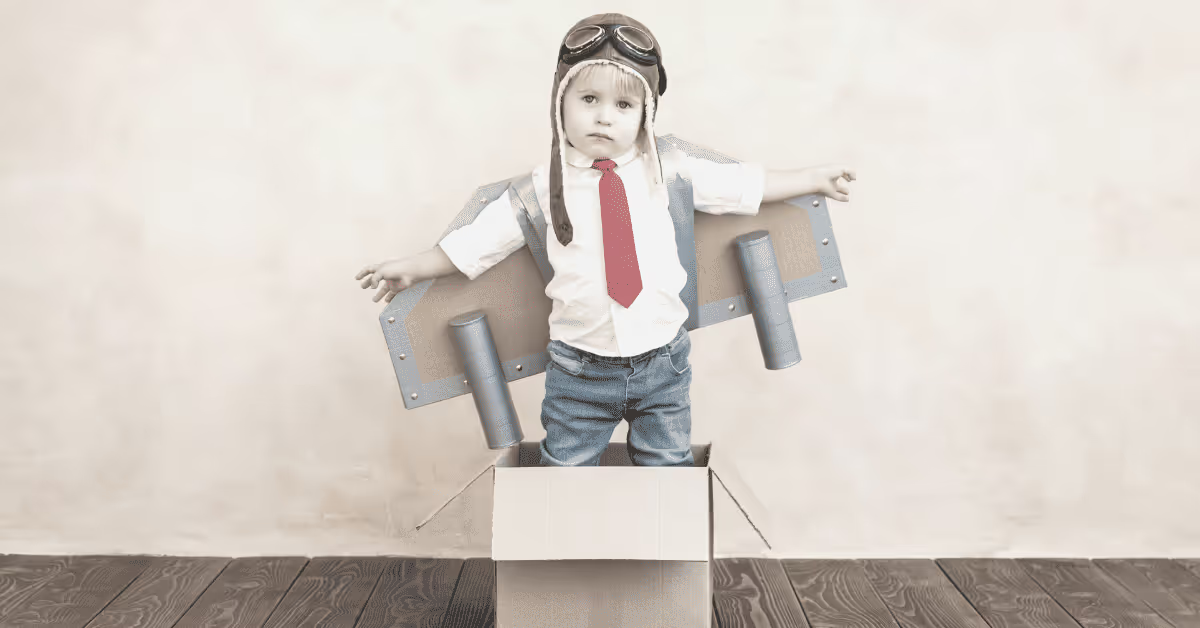
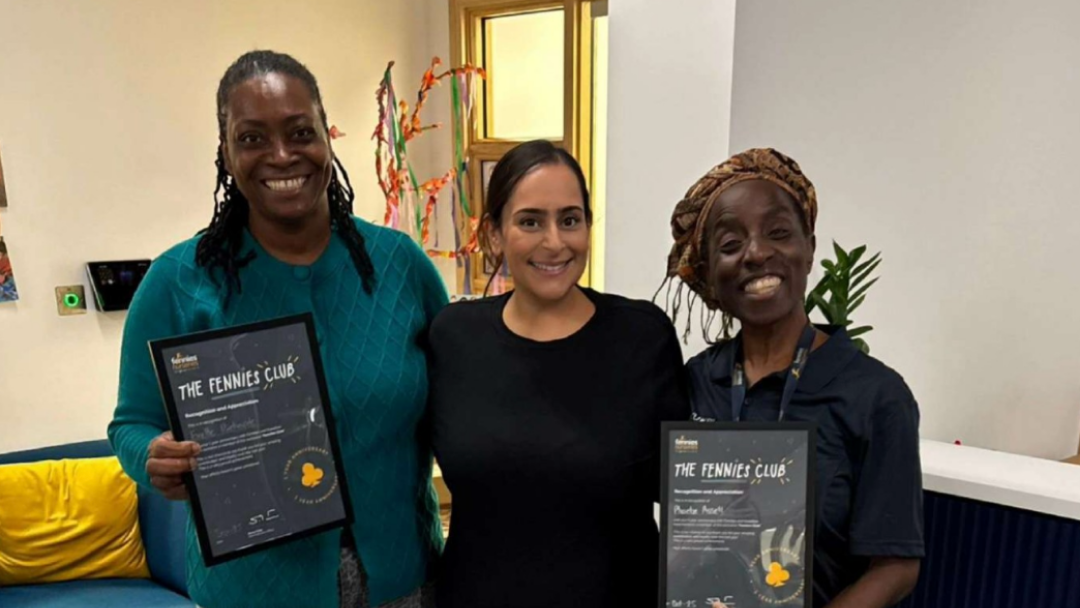
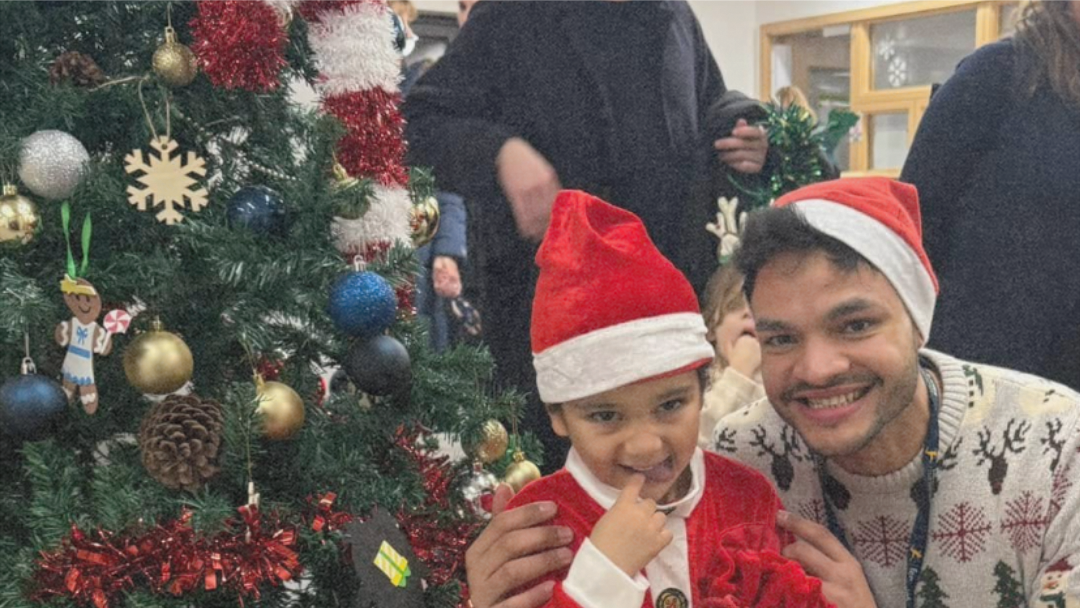
.png)
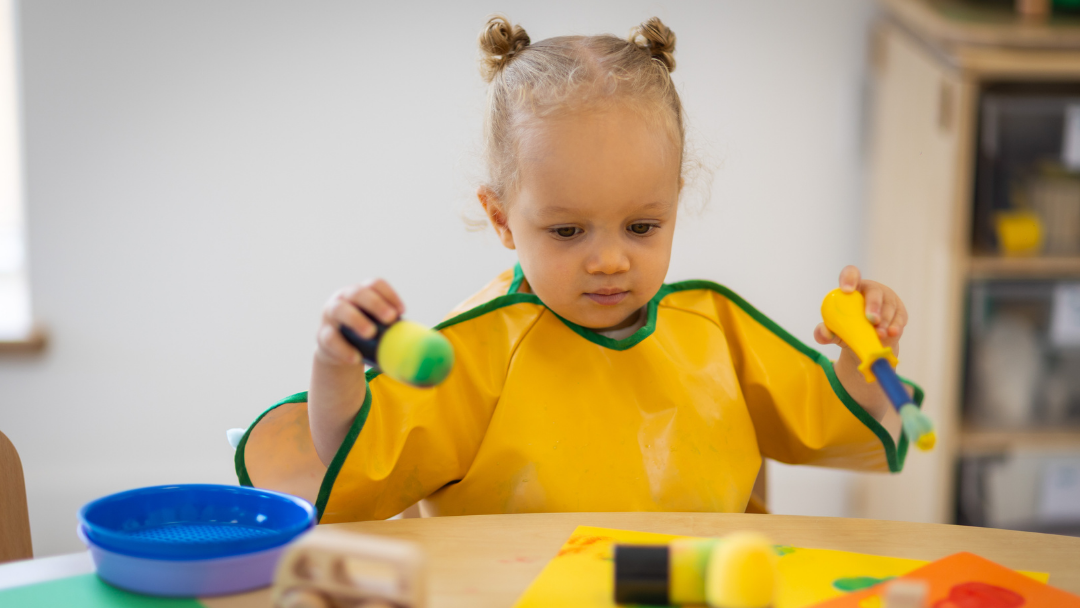


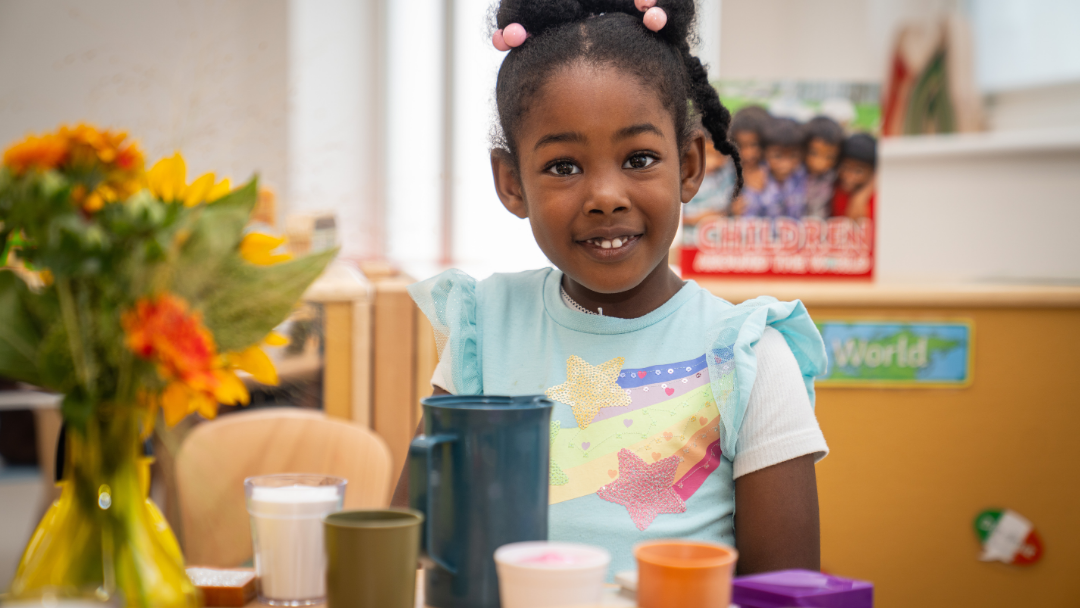
.png)